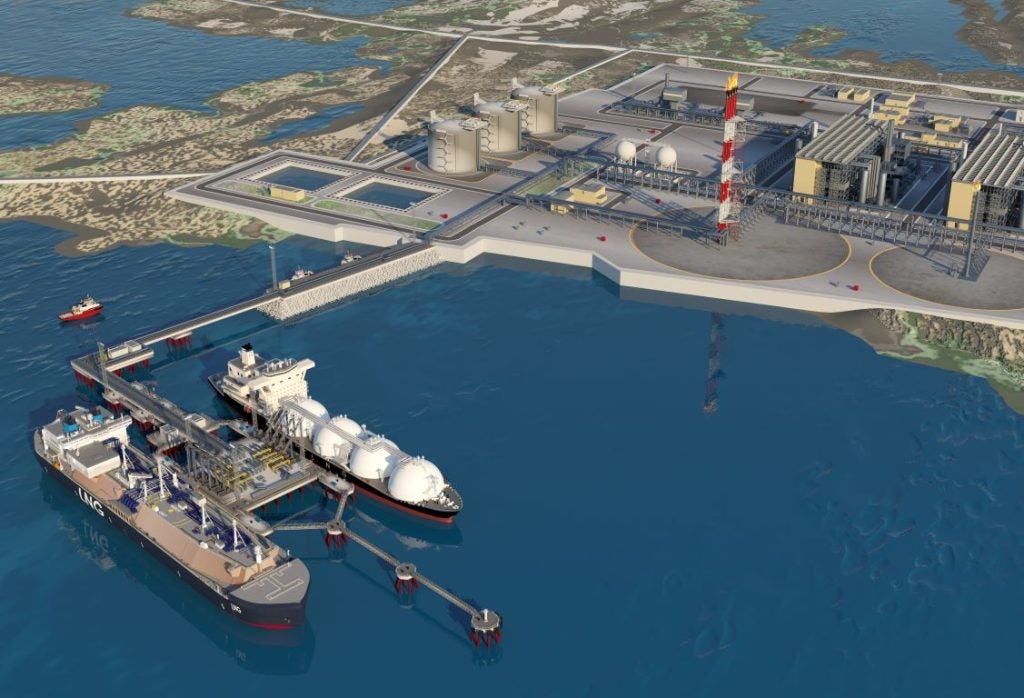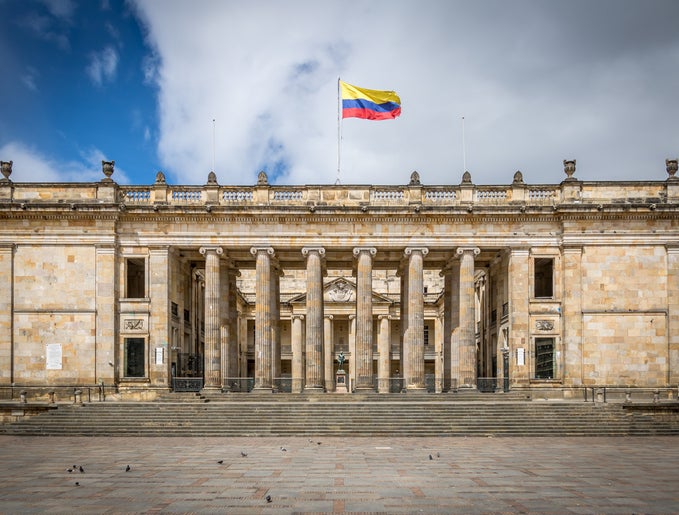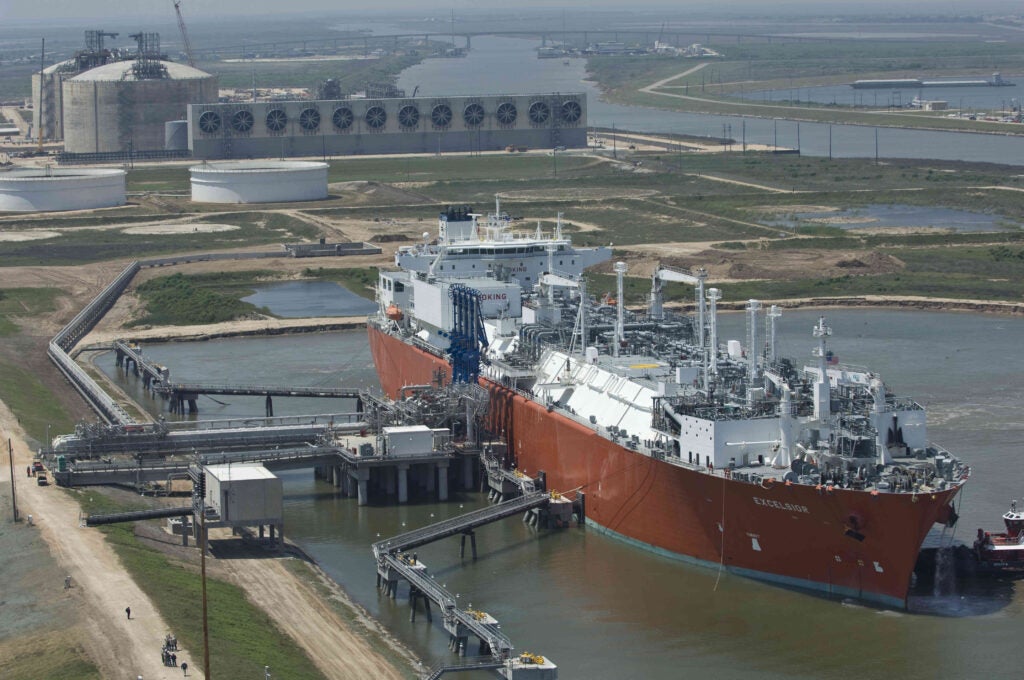
Natural gas has long been a core part of the global energy mix, and while climate targets are seeing nations commit to turning their backs on the fuel, it is expected to remain a fundamental resource. For developed nations, it is a key transitional fuel as they ramp down to greener tech, while for developing economies it is gaining momentum as a primary energy source, offering a cleaner burning alternative to traditional fossil fuels.
Growing awareness of geographical and political limitations to natural gas transported by pipelines is also lending a preference to liquified natural gas (LNG), with Southeast Asia set to be the fastest growing import market and floating LNG platforms expected to see a rise in popularity.
While the pandemic caused a collapse in demand that had ripple effects on market prices – bumping them up to unprecedented levels – stabilising economies and the progression of LNG projects mean that the industry will see a bumper year over 2022, with burgeoning Asian demand driving the heart of growth.
The growth of Asia’s LNG market
Many Southeast Asian countries are still in the process of building their economies, and so a reliance on more established fuel sources can be expected to form a necessary part of their scale-up, with natural gas offering a more environmentally acceptable fuel to achieve economic expansion.
A recent GlobalData report found that between 2019 and 2025, a total of 54 crude and natural gas projects are expected to commence operations in six countries in Southeast Asia – Indonesia, Malaysia, Vietnam, Cambodia, Thailand and Myanmar – representing about 8.1 billion cubic feet per day of global gas production by 2025.
As these nations continue their economic growth, they are anticipated to become major market drivers for the energy industry, with the International Energy Agency finding that energy demand among the Association of Southeast Asian Nations has grown by 80% since 2000 – with no indication of slowing.
How well do you really know your competitors?
Access the most comprehensive Company Profiles on the market, powered by GlobalData. Save hours of research. Gain competitive edge.

Thank you!
Your download email will arrive shortly
Not ready to buy yet? Download a free sample
We are confident about the unique quality of our Company Profiles. However, we want you to make the most beneficial decision for your business, so we offer a free sample that you can download by submitting the below form
By GlobalDataWithin this context of an increasing demand for natural gas, LNG is coming ahead as the favoured means of transporting the fuel due to its flexibility and accessibility; LNG imports into Asia saw a record jump in 2020, rising to over 120 million tonnes in total. Japan led the way in import numbers, followed by China, South Korea, India, and Taiwan.
While Japan has consistently led the way in championing LNG, the nation’s ambitious green agenda will mean that its imports of all natural gas will drop off towards the end of the decade. Despite the loss of this market, the sector is unlikely to take a significant hit given the uptake of LNG throughout Southeast Asia – a trend that will only continue as nations progress their climate agendas.
The climate question
Pushback against fossil fuels has been driving nations towards cleaner alternatives for years now and gas, as the least carbon-intensive fossil fuel, is forging ahead as a ticket to help countries meet decarbonisation targets. In addition to its lower emissions, the potential to retroactively decarbonise the fuel – either through carbon capture and storage or hydrogen – is making natural gas a key player in the transition to a green future.
Emmanuel Grand, senior managing director of FTI Consulting, says that gas is an industry favourite bridging fuel given its environmental advantage to other fossil fuels, and the ease with which it can be integrated into existing energy supply chain infrastructure.
“What you want during a progressive transition to net zero is to use a fossil fuel that has the least impediments and the most advantages compared to renewable sources,” he says.
“In this framework, natural gas is well set because of its flexibility and reduced emissions compared to other fossil fuels – natural gas can be dispatched in a controllable way, not intermittently. It's also relatively flexible in terms of infrastructure to set up. And it emits less pollutants than oil or coal. ”
While the majority of importers are currently using pipelines to move the gas, geopolitical tensions that have arisen in the energy market over the past year mean that favour is turning to LNG as a more direct, accessible means of transporting gas from one place to another – while avoiding passing through potentially problematic regions.
In particular, an infrastructure set to bloom under LNG’s rising popularity is floating LNG facilities (FLNG), with Asia again seen as leading the way as it focuses on remote or stranded gas assets. This solution offers flexibility, lower capital investment costs, and earlier returns, as well as access to previously inaccessible resources.
Such features are increasingly beneficial in the context of a global energy transition. With nations having a long-term aim of pulling away from the resource, harnessing infrastructure that is ready-made and easily deployed avoids the danger of stranded assets.
While FLNG currently accounts for only 5% of the LNG market, expectations for gas demand (and prices) to continue their boom is lending a new acceleration to FLNG tech.
A resurgence of LNG projects
While the pandemic’s ripple effects put a delay on LNG projects in 2020 and 2021, several projects will move forward over the next year as a better economic outlook has boosted investor confidence. While the top global exporters of LNG are Australia and Qatar, North America has several in the pipeline that will bring it ahead as a leading figure in the export industry.
As many as five new projects, including expansions to existing facilities, could be approved in the next two to three years – doubling the US’s LNG export capacity, if they all come online, to about 20 billion cubic feet a day. While the increased production capacity is good news for meeting the rising Asian demand, there will be a lag in these projects coming online, causing a bottleneck.
“There was some underinvestment during the pandemic in exploration and production; additionally, to build a new LNG export facility takes around five years,” says Grand. “On top of that, there are also some compounding effects, like the limited filling of gas storage facilities in Europe, which doesn’t help when we need more supply.
“So we’re faced this year with a rigid demand growing in the face of rigid supply, leading to a very constrained system. This explains the current high natural gas prices.”
By this measure, these new operations can be expected to open their doors in 2024 or 2025, the net effect being an energy market that will remain tight until this wave of new projects comes online. Until the means of supplying the gas are up and running, we can expect to see market pressure as demand for natural gas remains high – pushing prices up as exporters struggle to bump up supply accordingly.
While a global shift to cleaner tech may imply that the natural gas market will see a drop off in the coming years, continued demand for the resource as both a transitional and primary fuel will likely instead see an upswing of its stake in energy mixes. This is a trend that will continue to rise over the next decade as projects come online and LNG infrastructure is deployed on a wider scale.






